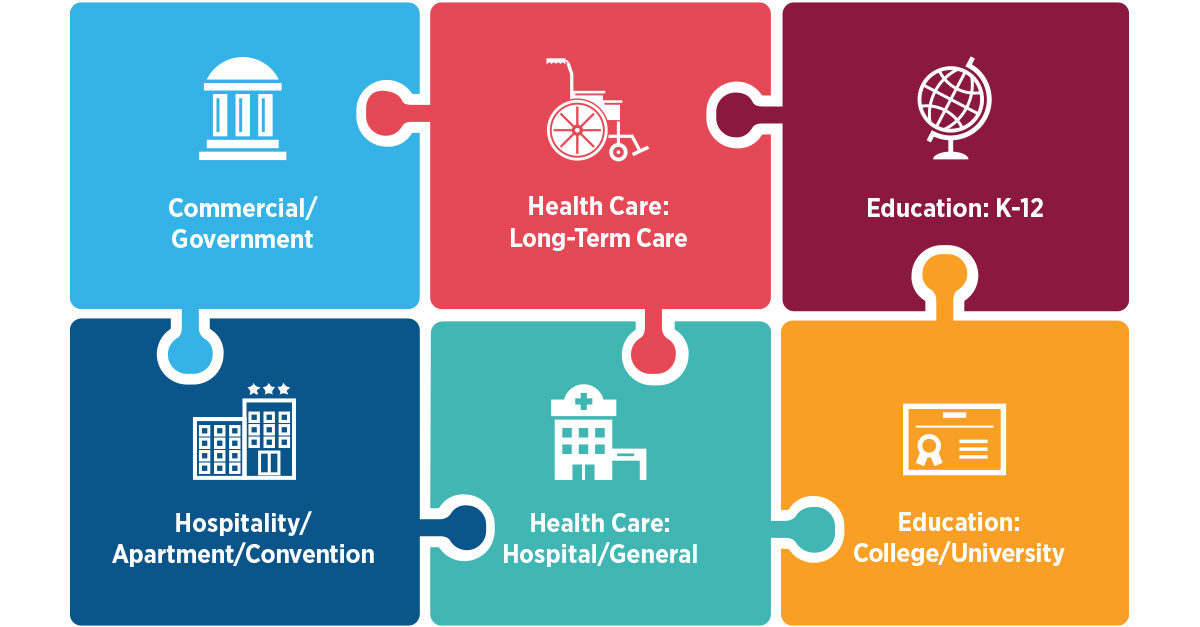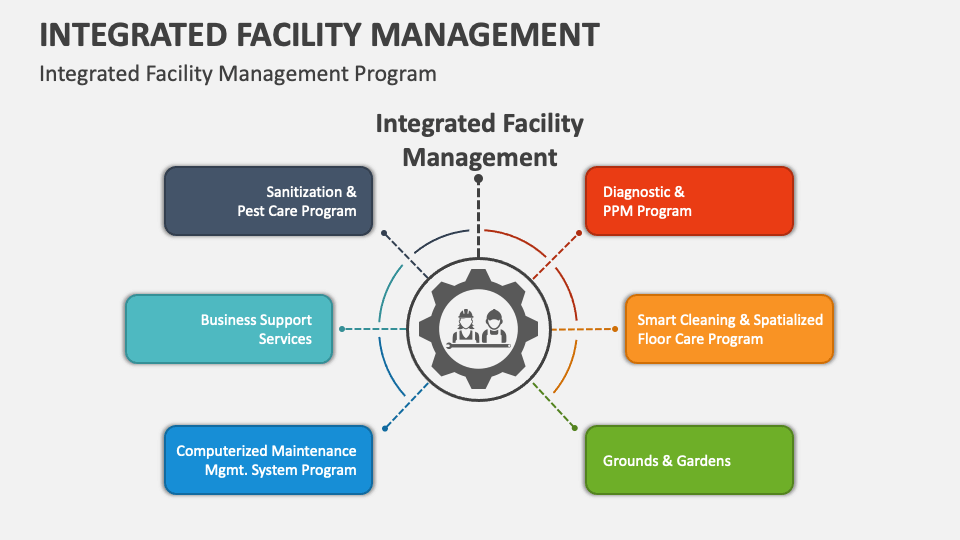Facility Management Trends That Are Forming the Future of Work Environment Dynamics
The Vital Guide to Facility Monitoring: Methods for Success
Center monitoring plays a critical function in the general success of a company, offering as the foundation that sustains safety and security, efficiency, and performance. The nuances of reliable center management prolong past plain logistics and require a detailed understanding of both quantitative and qualitative metrics.
Comprehending Center Administration
What makes up reliable center monitoring? Effective facility management encompasses the sychronisation of different business functions to ensure that developed atmospheres are secure, efficient, and for efficiency. Facility Management. It integrates the principles of design, design, and service administration to create a seamless operational circulation within a company
Trick components of facility administration include space planning, upkeep administration, and compliance with health and wellness regulations. Room preparation concentrates on optimizing making use of physical resources to sustain organizational objectives, while upkeep administration makes certain that centers are maintained in optimal problem, making the most of lifespan and lowering functional costs. Compliance with governing and lawful requirements is essential, as it safeguards the organization versus prospective liabilities and boosts its track record.
Additionally, reliable center management counts on the calculated use technology, such as Structure Administration Equipment (BMS) and Computer-Aided Center Management (CAFM) devices. These technologies promote real-time tracking of structure systems and enhance maintenance procedures. Ultimately, a thorough method to center administration not just promotes functional efficiency however also cultivates a positive atmosphere for site visitors and employees alike, driving general organizational success.
Secret Approaches for Optimization
Enhancing center administration calls for a tactical technique that aligns functional practices with organizational purposes. To achieve this, the very first vital technique is the application of incorporated technological options. Making use of advanced software application systems permits real-time monitoring of facility procedures, promoting data-driven decision-making and improving general performance.
Secondly, regular evaluations of center efficiency are essential. Performing regular assessments and audits allows facility supervisors to recognize areas that need renovation, making certain that resources are assigned effectively. This proactive method helps in decreasing downtime and improving solution shipment.
Another vital approach is cultivating collaboration across departments. By encouraging open communication between teams, facility managers can better align their techniques with company goals, resulting in enhanced operational synergy. Furthermore, engaging staff in training programs promotes a culture of liability and boosts their capacity to add to optimization initiatives.
Enhancing Safety And Security Methods
Reinforcing security methods is crucial for developing a safe and secure setting within centers. A detailed security protocol not only shields staff members and site visitors however also enhances functional efficiency. To achieve this, center managers should conduct normal threat evaluations to determine potential hazards and make certain that proper steps remain in location.
Training and education and learning are vital elements of effective safety and security procedures - Facility Management. Employees need to get ongoing training in emergency situation procedures, devices handling, and individual safety actions. Routine drills, such as fire emptyings or lockdown procedures, foster knowledge and preparedness amongst personnel
Furthermore, clear interaction networks must be developed to report security issues without delay. This includes creating an easily accessible platform for staff members to voice prospective threats or incidents without anxiety of retribution. Leveraging modern technology can improve safety and security steps; for instance, implementing monitoring systems and access controls helps monitor center tasks and restrict unauthorized entry.
Finally, conformity with local policies and market requirements is non-negotiable. Normal audits and reviews of safety and security protocols guarantee positioning with present regulations and best techniques. By prioritizing these techniques, facility supervisors can grow a culture of safety and security that shields all stakeholders and eventually adds to the organization's success.
Improving Workplace Environment

Ergonomic factors to consider are important to decrease physical pressure and pain. Facility Management. This includes providing flexible furniture, correct illumination, and adequate space for motion. These adjustments can lead to reduced absenteeism and enhanced work fulfillment
Aesthetics play a crucial function fit the workplace atmosphere. Making use of color psychology, Facility Management natural lighting, and plant can foster a welcoming and boosting setting. Attentively created rooms can increase creativity and boost general wellness.
In addition, urging click here employee involvement via comprehensive decision-making processes can improve the feeling of ownership and belonging. Collecting feedback on work environment enhancements and entailing workers in the design procedure can cause a more customized environment that fulfills their needs.
Finally, promoting health campaigns, such as wellness programs and relaxation rooms, can additionally contribute to a helpful office culture. By concentrating on these approaches, center supervisors can efficiently boost the workplace atmosphere, driving both employee satisfaction and organizational success.
Measuring Success in Facilities
Determining success in facility administration requires a detailed approach that reviews both measurable and qualitative metrics. Quantitative metrics usually include vital performance signs (KPIs) such as room application rates, power consumption, maintenance expenses, and occupancy levels. These metrics give a clear image of functional performance and monetary efficiency, click here enabling facility supervisors to recognize locations for renovation and standard versus sector criteria.
Qualitative metrics, on the various other hand, concentrate on individual contentment and worker engagement. Studies and comments mechanisms can evaluate how well the centers meet the needs of residents, assisting to evaluate the total workplace atmosphere. This aspect is critical, as a satisfied workforce is usually linked to increased performance and retention prices.
To efficiently determine success, facility managers need to likewise take into consideration incorporating modern technology, such as building administration systems and data analytics devices, to collect and analyze relevant information. Frequently assessing both sets of metrics permits for a much more well balanced sight of efficiency and educates strategic choices. Eventually, a successful center management strategy depends upon a commitment to continual enhancement, making sure that both functional performances and individual contentment are focused on.
Final Thought

Facility monitoring plays a vital duty in the general success of a company, serving as the backbone that sustains performance, safety, and effectiveness.Key aspects of center management include area preparation, upkeep management, and compliance with health and wellness and safety and security regulations.Additionally, efficient center administration counts on the strategic use of innovation, such as Structure Monitoring Equipment (BMS) and Computer-Aided Center Management (CAFM) tools. Ultimately, a detailed technique to center monitoring not just advertises functional performance but also fosters a positive environment for workers and visitors alike, driving overall organizational success.
Eventually, a successful facility management strategy hinges on a commitment to continuous renovation, making certain that both functional performances and customer contentment are prioritized.